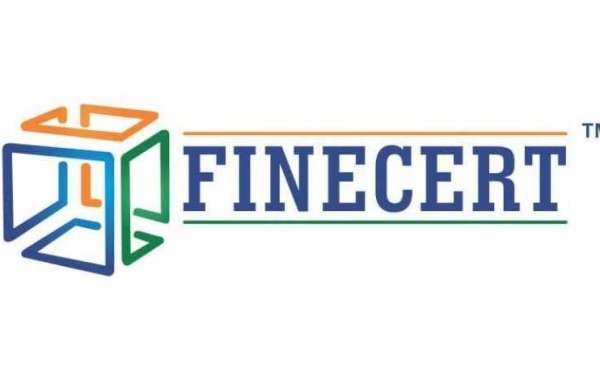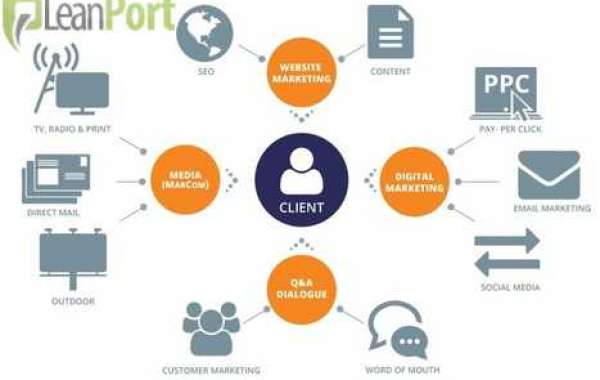This article delves into the versatility and efficiency of LED lights, exploring their wide range of applications, energy-saving capabilities, and their potential to shape the future of lighting.
Energy Efficiency: LED lights are renowned for their remarkable energy efficiency. Compared to traditional lighting options, LEDs consume significantly less electricity to produce the same amount of light. This efficiency is due to their unique design, which converts a higher percentage of energy into light while minimizing heat loss. As a result, LED lights offer substantial energy savings, contributing to reduced electricity bills and environmental sustainability.
Cost Savings: The energy efficiency of LED lights translates into substantial cost savings over their lifespan. Although LED lights may have a higher upfront cost, their long-term benefits far outweigh the initial investment. With their extended lifespan and reduced energy consumption, LED lights require fewer replacements and result in lower maintenance and operating costs in the long run.
Versatile Applications: LED lights find applications in a wide range of settings and industries. From residential homes to commercial buildings, LED lights offer versatile lighting solutions. They are used for general lighting purposes, task lighting in offices, accent lighting to highlight architectural features, and decorative lighting for ambiance and aesthetic appeal. LED lights are also widely employed in outdoor lighting, signage, automotive lighting, and even in horticulture for optimized plant growth.
Environmental Friendliness: LED lights contribute to environmental sustainability in several ways. Firstly, their energy efficiency reduces carbon dioxide emissions and decreases the demand for fossil fuels used in electricity generation. Secondly, LED lights do not contain toxic substances like mercury, which is commonly found in fluorescent lights, making them safer for disposal and minimizing environmental impact. LED lights also have a lower carbon footprint throughout their lifecycle, from manufacturing to disposal, compared to traditional lighting options.
Enhanced Control and Flexibility: LED lights offer enhanced control and flexibility in lighting design. With the ability to dim LEDs and adjust their color temperature, users can create various lighting effects and adapt the atmosphere to suit different needs and preferences. Furthermore, LED lights can be integrated with smart lighting systems, allowing for remote control, scheduling, and automation, enhancing convenience and energy efficiency.
Technological Advancements: LED technology continues to advance, leading to exciting developments in the lighting industry. Researchers are exploring the potential of organic LEDs (OLEDs), which are flexible, transparent, and have the ability to emit light over larger areas. Additionally, advancements in miniaturization have led to the development of micro-LEDs, enabling high-resolution displays and new possibilities in areas such as augmented reality and wearable technology.
Conclusion: LED lights on the website have emerged as a versatile, energy-efficient lighting solution with a wide range of applications. Their ability to save energy, reduce costs, and offer enhanced control and flexibility make them an attractive choice for both residential and commercial settings. As LED technology continues to evolve, we can anticipate even more innovative applications and advancements that will shape the future of lighting, bringing us closer to a more sustainable, efficient, and visually captivating world.









